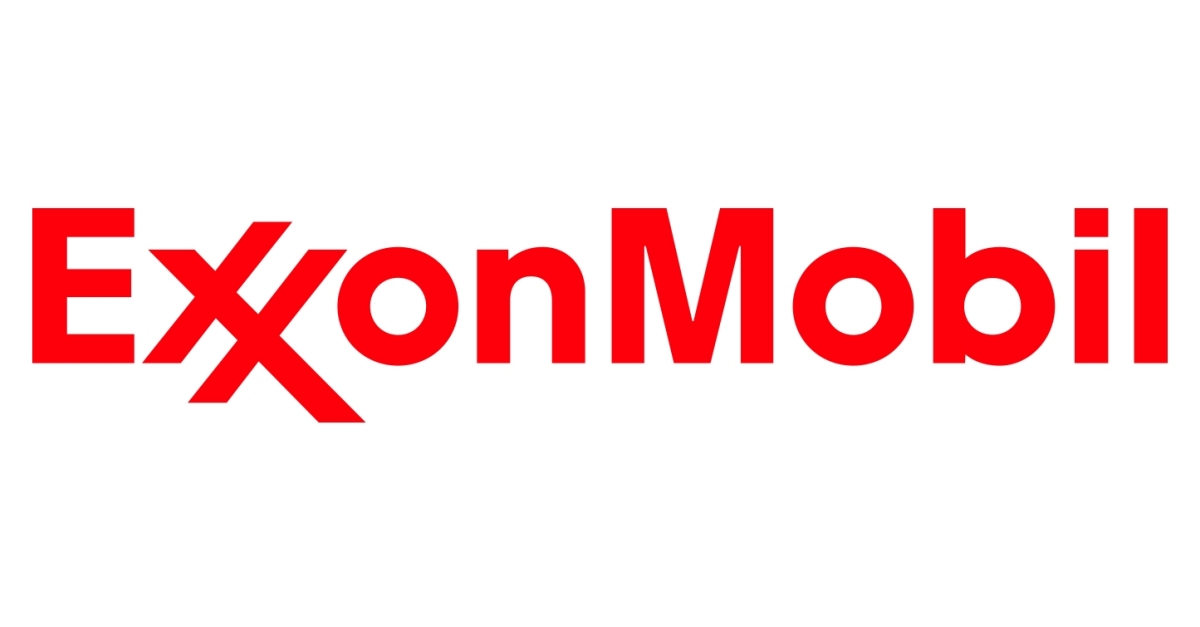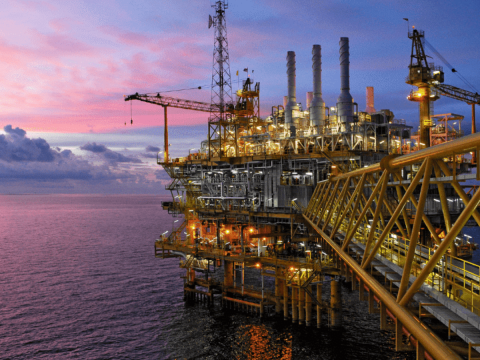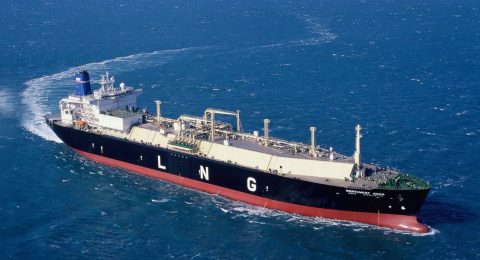Exxon Mobil Corp, which earned roughly $6.3 million per hour in 2022, reported a $56 billion net profit for 2022, breaking both a company record and achieving a historic high for the Western oil industry, Reuters reported.
Exxon’s profits were significantly better than the then-record $45.2 billion net profit it posted in 2008 when oil hit $142 per barrel, 30% higher than the average price of the previous year. The epidemic led to significant cost reductions, which helped boost revenue last year.
“Overall earnings and cash flow were up pretty significantly year on year,” Exxon Chief Financial Officer Kathryn Mikells told Reuters. “So that came really from a combination of strong markets, strong throughput, strong production, and really good cost control.”
Exxon said that a European Union windfall tax that started in the final quarter and asset impairments cost its fourth-quarter earnings $1.3 billion. The business is suing the EU, claiming that the tax goes beyond what is allowed by law.
Profit for the entire year was $59.1 billion before charges. Production increased to 3.8 million barrels of oil and gas per day from 3.7 million bbl/d over the previous year. According to Refinitiv statistics, an adjusted per-share profit of $3.40 surpassed the consensus of $3.29 per share.
Shares were up nearly 2% at $115.63.
“It’s a headline beat,” Biraj Borkhataria from RBC Capital said in a note, despite lower chemical margins, lower-than-expected downstream gains, and plans for higher maintenance works in refineries this quarter.
More than any of its Western rivals, Exxon distributed $30 billion in cash to shareholders last year while investing $22.7 billion in the company.
Windfall profit taxes are “unlawful and bad policy,” countered Mikells. Slapping new taxes on oil earnings “has the opposite effect of what you are trying to achieve,” she said, adding that it would discourage new oil and gas production.
Exxon bragged that its operating cash flow increased to $76.8 billion in 2018 from $48.1 billion in 2021. And it made the decision to keep a $30 billion cash balance. The business said that it had learned from the epidemic when it was left with nothing and had to take on debt to pay dividends to stockholders.
“Having a really strong balance sheet is a competitive advantage for us,” Mikells said, adding that it allows the company to wait for potential acquisition opportunities and sustain its dividend program intact even if energy prices eventually fall.
Exxon reported a fourth-quarter net profit of $12.8 billion, excluding charges, which was up 44% from the same period the previous year but down 35% from the preceding quarter as oil prices declined and several businesses experienced problems because of the cold weather.
Exxon increased its spending on new oil and gas projects by 37% to $22.7 billion last year from the year before. The corporation expanded its spending on chemicals, fuel refinery, the top U.S. shale resource, and discoveries in Guyana.
“The counter-cyclical investments we made before and during the pandemic provided the energy and products people needed as economies began recovering,” Exxon Chief Executive Officer Darren Woods said in a statement.
Investments can go up to $25 billion this year, Woods said. Part of it is explained by rising costs in the Permian, with inflation in the double digits, amid “really, really hot” demand for equipment and services, he said
Exxon predicted that Permian output will reach 600,000 bbl/d this year, an increase of 50,000 bbl/d over the previous year but somewhat below market estimates. However, Woods predicted that in 2023, high refining margins will persist.
Exxon’s results came ahead of what are anticipated to be solid earnings from BP plc and TotalEnergies next week as well as from Shell plc on Thursday.












